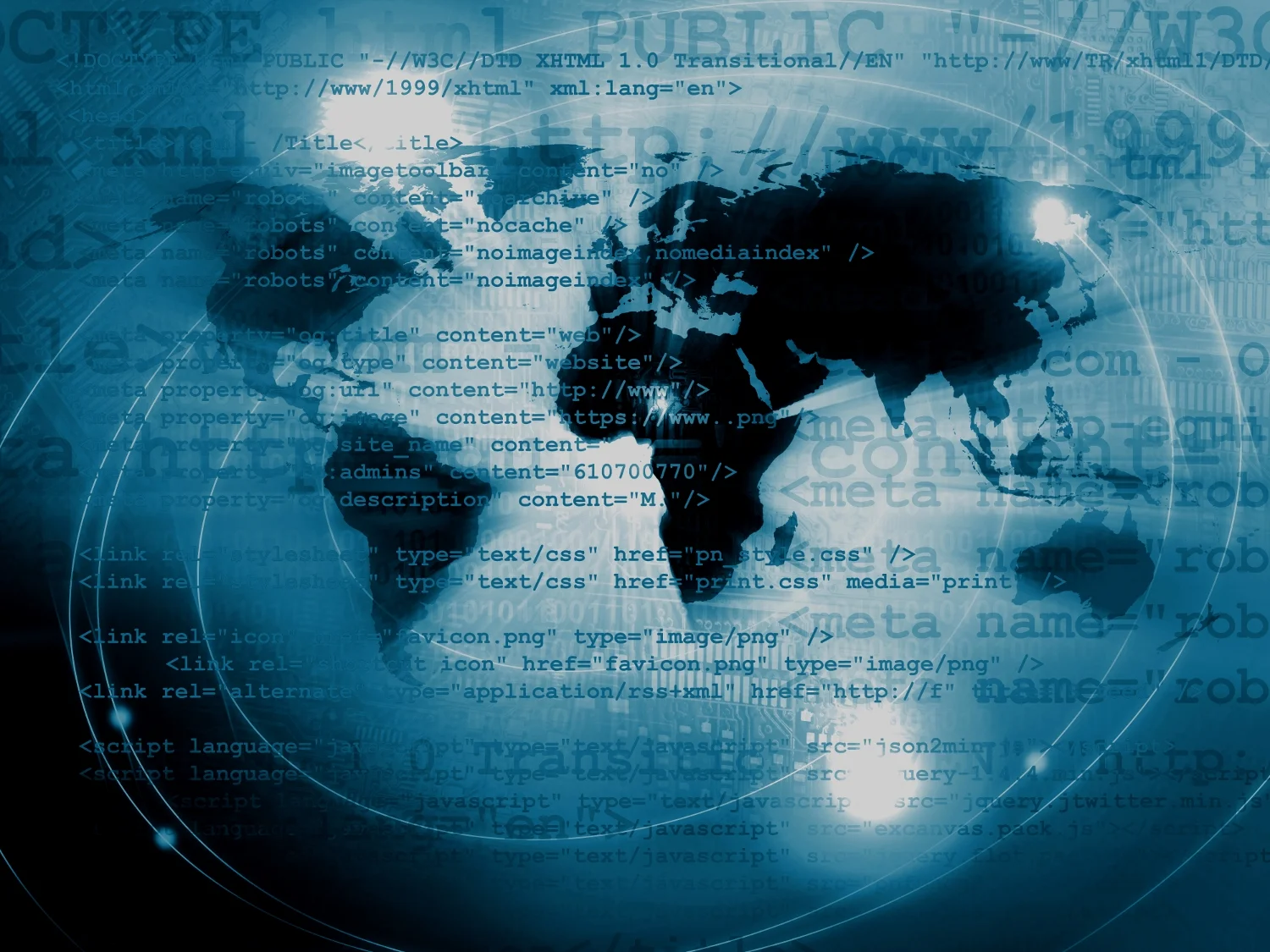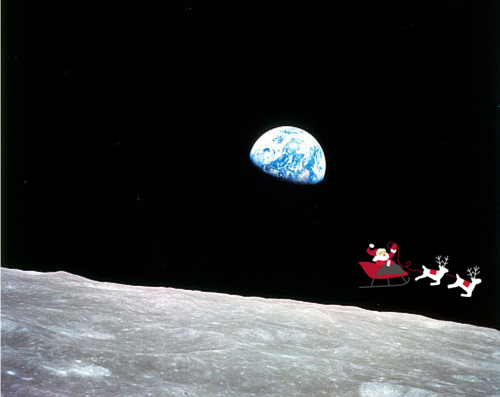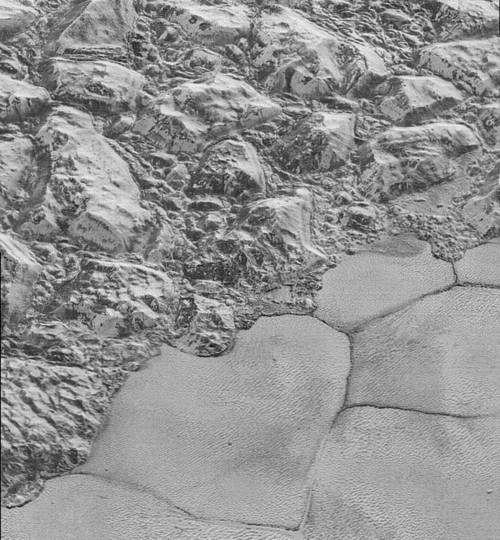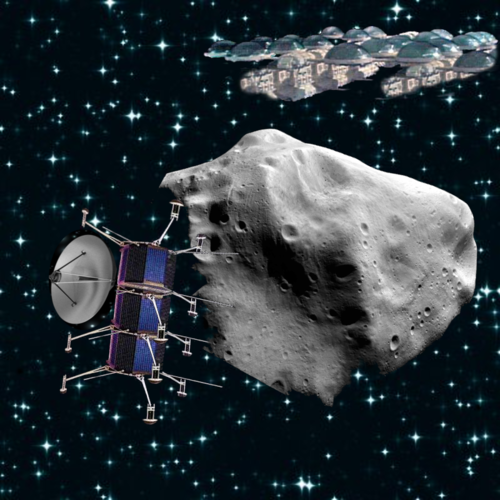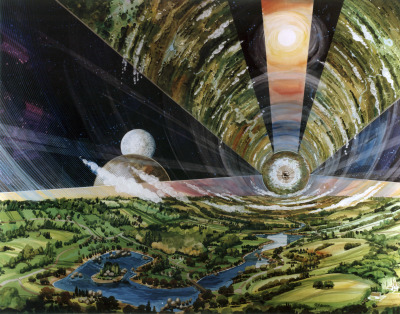WATER AT HOME AND OUT THERE
/
At a time of year when my part of the world gets its fresh supplies of water in the form of snow, water was on my mind because of a number of science news stories.
People writing about climate change often mention the estimate that if all of the ice pack on Antarctica were to melt it would raise the sea level of the world’s oceans by about twenty-three feet. That figure can certainly be argued, and I don’t think most scientists expect all of the ice to melt (a controversial study released last year claimed that at least parts of the Antarctic continent were gaining ice), but a new report is cause for concern. Until now, it was thought that Antarctica’s ice structure itself would buffer much of the ice melt and slow the melt water’s progress to the sea. That’s because much of the continent is covered with a thick layer of very porous ice called firn that lies on top of the hard glacial ice and is capable of trapping a lot of melt water in its spaces. But new research says that heavy melting, particularly in 2012, filled the upper layers of firn and then refroze to create hard ice. That new hard layer is preventing melt water from getting down to the porous spaces beneath it so a lot of potential storage space is out of reach and the water is running off into the ocean more quickly than expected. What the results will be, no-one is sure.
The cloud cover over Antarctica also affects the rate of melting, and for the first time since the late 1960’s scientists will be doing extensive in-place measurement of those clouds in a project called the Atmospheric Radiation Measurement West Antarctic Radiation Experiment (AWARE), which got underway a couple of months ago and will run until early 2017. Predicting the effects of climate change is incredibly complex, and every bit of data will help. (A voice in my mind just started humming, “I’ve looked at clouds from both sides now…”)
I have a great idea for a novel that involves tunnelling through the ice of Antarctica (no, I’m not going to call it Firngully) but so far just thinking about on-site research has given me chills.
While on the one hand climate change is a threat because of rising seawater (and the unknown effects of large amounts of fresh melt water on salty ocean currents), a hotter climate also poses a serious threat to the planet’s fresh water supplies. California’s recent drought years could be just a taste of things to come.
Maybe we need to hijack one of Jupiter’s moons.
A Scientific American article reminds us that there is a lot of water in our solar system. Jupiter’s moon Ganymede alone might contain as much as thirty times the amount of water in Earth’s oceans, and that’s liquid water beneath ice. It’s not alone—there’s good evidence that Jupiter’s moon Europa and Saturn’s moon Enceladus have liquid water, and a number of other moons probably do. Of course, to bring any of it back to Earth would be a formidable technical challenge, but liquid water “out there” improves our prospects of creating colonies, farming installations, or manufacturing facilities elsewhere in the solar system. There ought to be more science fiction stories about that—maybe fewer spaceships and more submersibles, fewer spacewalks and more extraterrestrial swims!
Aaah, just picture it: tying up the boat and putting away the waterskis, then cracking open a brew while you sit on the dock and look up at Jupiter waxing overhead. That’s the life!
OK, so maybe the snow is getting to me.
